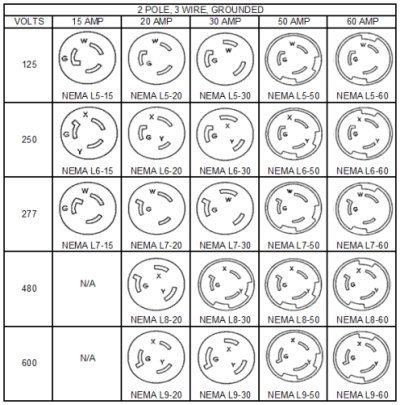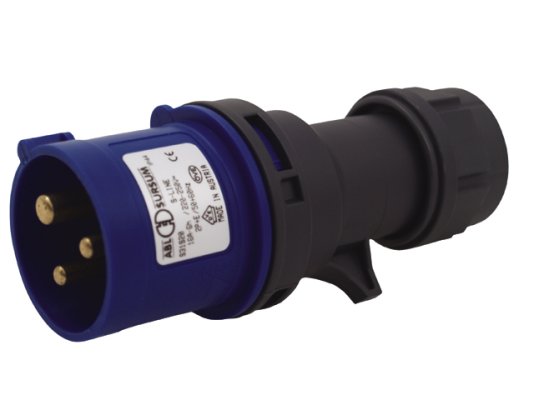I have a swift trawler 34 bought here in North America.
Ok so the shore power cable, supposedly it's a 32 AMP cable, (not a 30 amp) which works perfectly it has the European male end that fits in the European sockets that installed on the boat.....but I have another pair of shore cables from my previous boat (north american shore cables)so when I tried to use them they just wouldn't plug into the sockets of the boat., when I examen it more closely I noticed the pins are not the same. Is there an adapter which I can used on my North America cables that will convert the male in to an European end so I can fit them on the sockets of the boat? thanks for any help
Ok so the shore power cable, supposedly it's a 32 AMP cable, (not a 30 amp) which works perfectly it has the European male end that fits in the European sockets that installed on the boat.....but I have another pair of shore cables from my previous boat (north american shore cables)so when I tried to use them they just wouldn't plug into the sockets of the boat., when I examen it more closely I noticed the pins are not the same. Is there an adapter which I can used on my North America cables that will convert the male in to an European end so I can fit them on the sockets of the boat? thanks for any help


